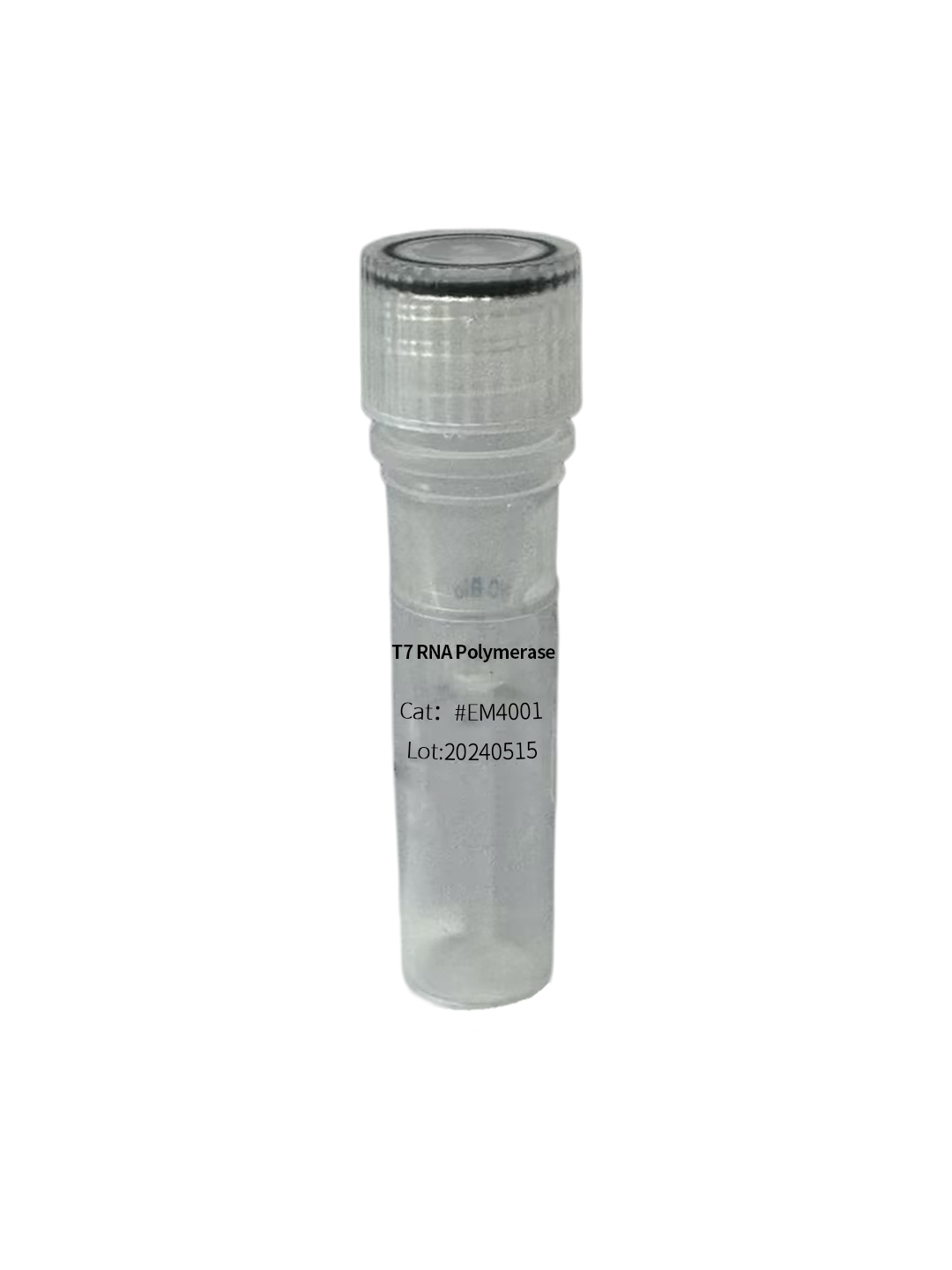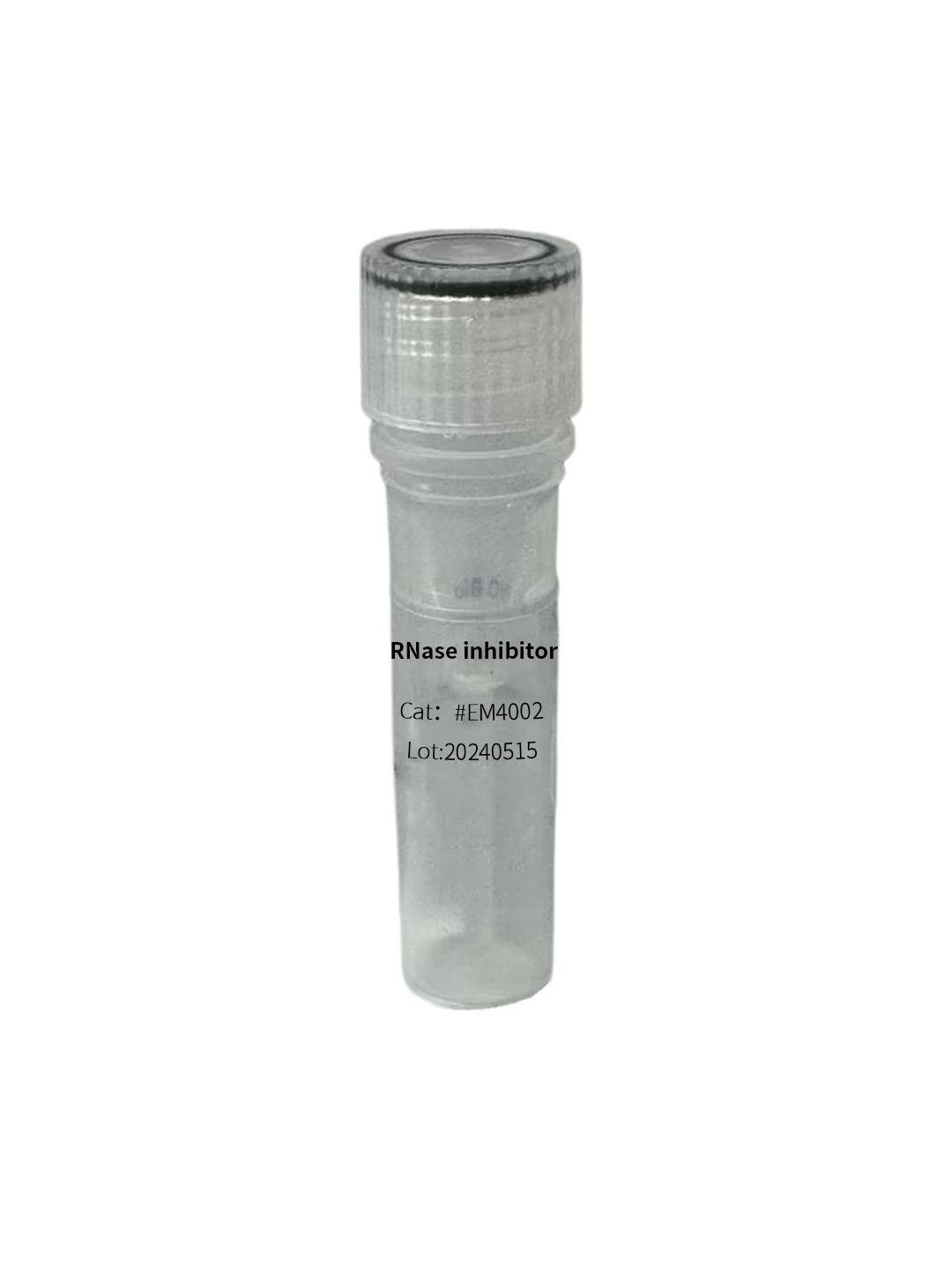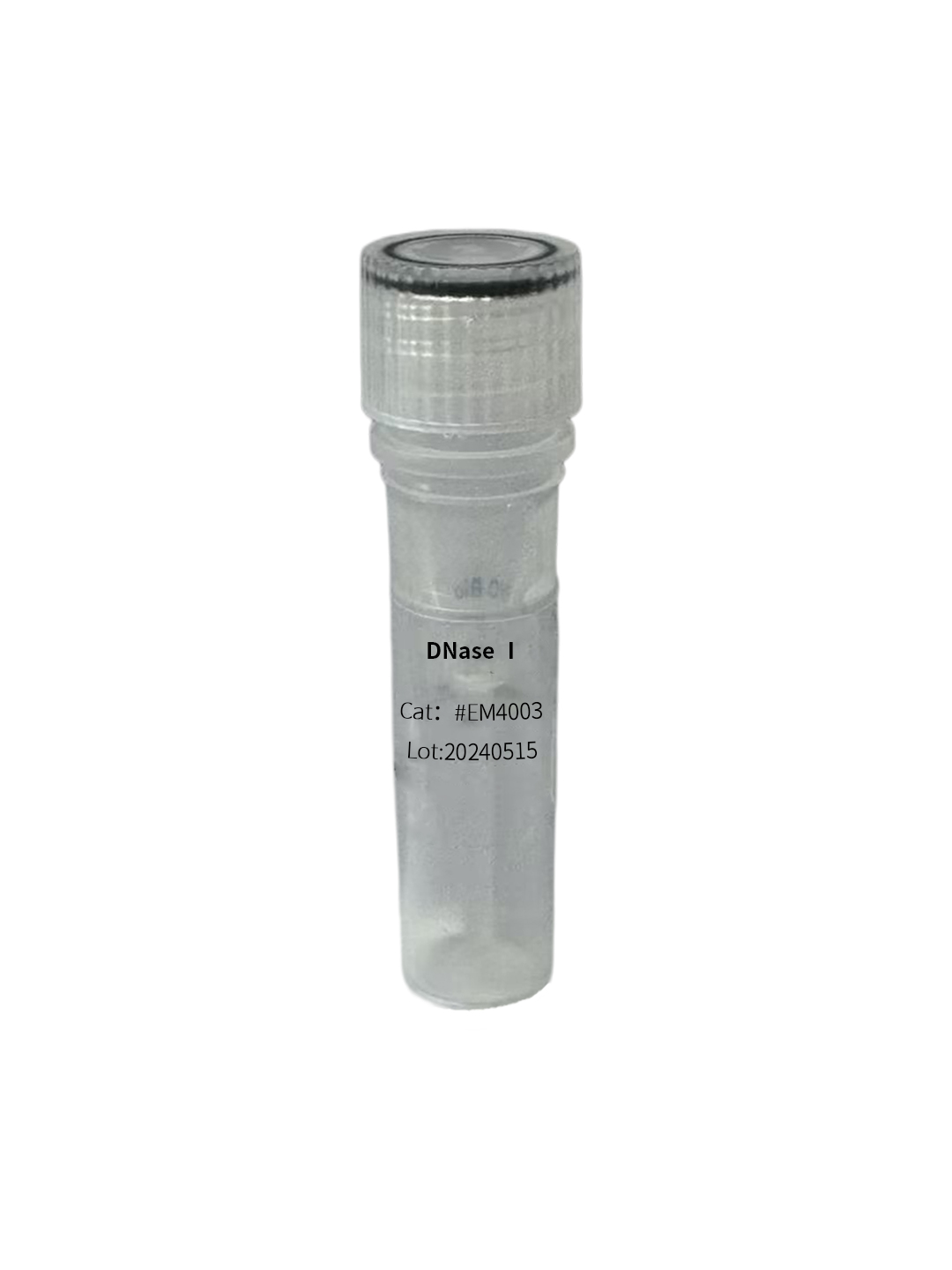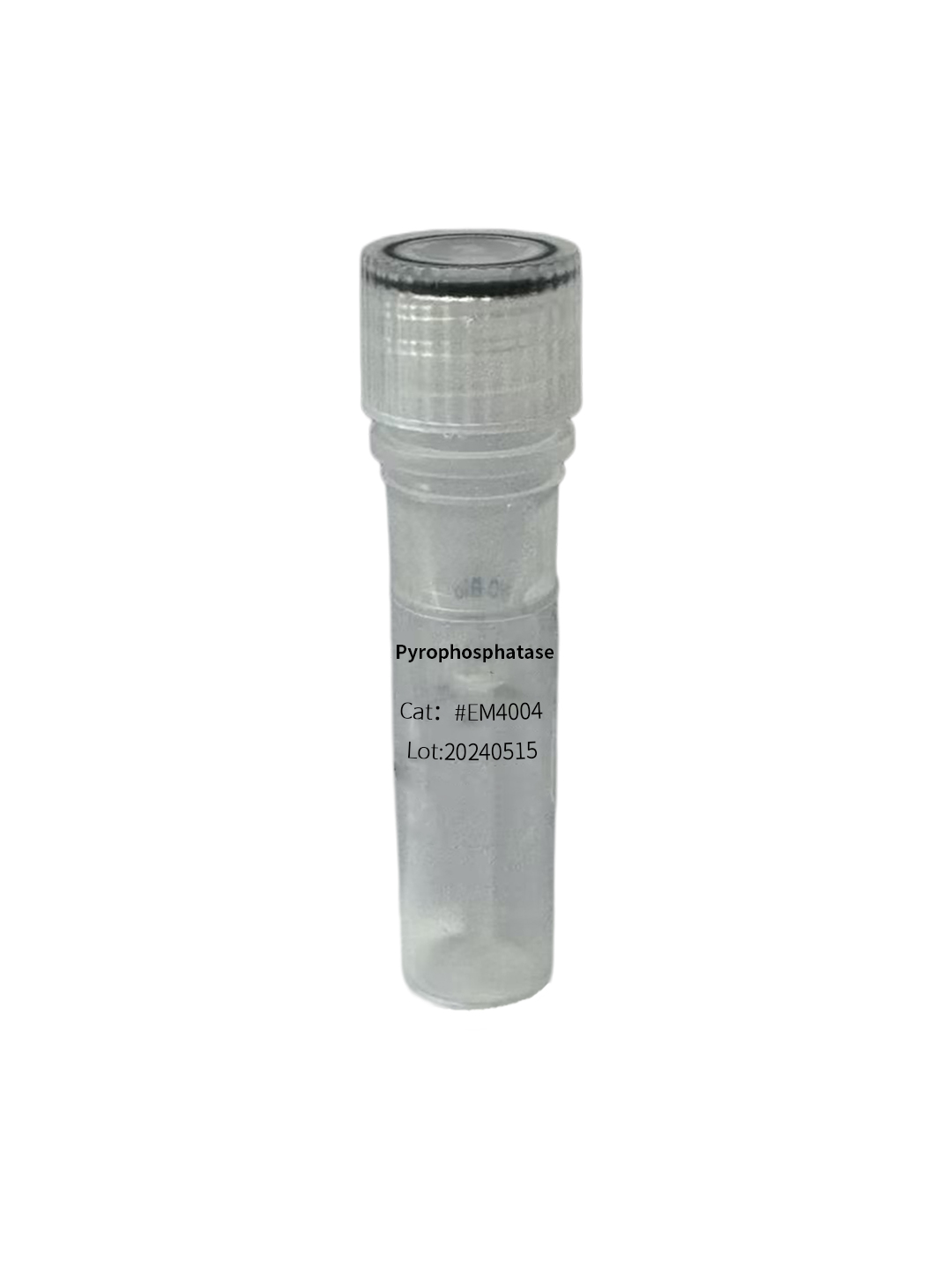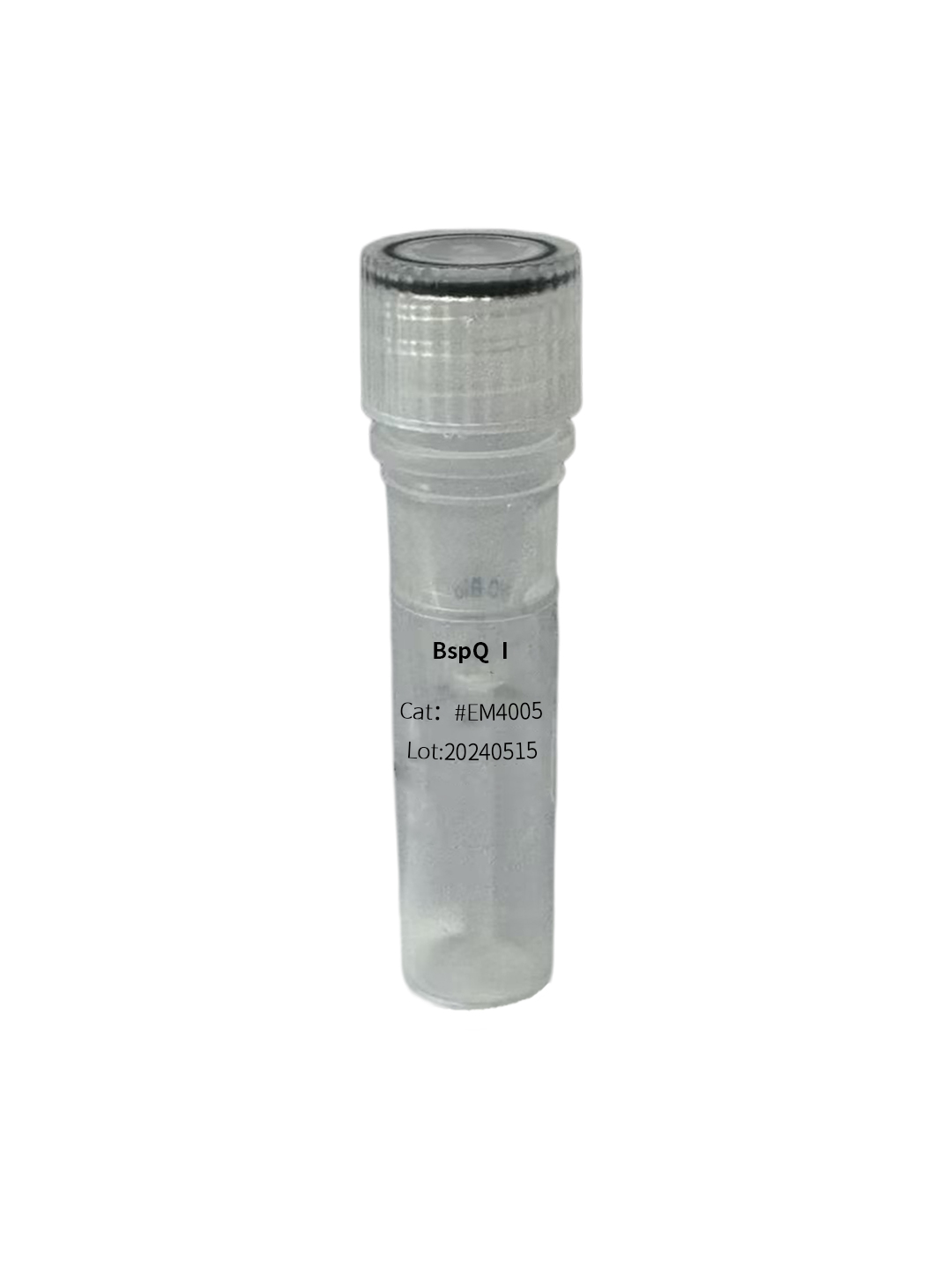key raw material for mRNA synthesis
Enzymes
key raw material for mRNA synthesis
RNase inhibitor,Murine
This product is a recombinant mouse RNase inhibitor expressed and purified in E. coli. It can bind to RNase A, RNase B, or RNase C in a non-competitive manner in a 1:1 ratio, thereby inhibiting the activity of these three enzymes and protecting RNA from degradation. The inhibitor is compatible with various commercially available Reverse Transcriptase and DNA Polymerase enzymes. Mouse RNase inhibitor has higher antioxidant activity due to the absence of two cysteine residues in human proteins that are highly sensitive to oxidation, making it more suitable for experiments sensitive to high DTT levels, such as qPCR.
key raw material for mRNA synthesis
DNase I
Dnase I is a type of enzyme that can cleave DNA at phosphodiester bonds, generating DNA fragments with a 5' phosphate group and a 3' hydroxyl group. It can act on both single-stranded and double-stranded DNA, as well as chromatin DNA. The activity of DNase I depends on the presence of Ca2+ and can be activated by Mg2+ or Mn2+. In the presence of Mg2+, it can randomly recognize and cleave DNA at any site. In the presence of Mn2+, it can recognize and cleave DNA at nearly identical sites on both strands, producing DNA fragments with blunt ends or with one or two nucleotides protruding.
key raw material for mRNA synthesis
Inorganic Pyrophosphatase
This product is a recombinant Inorganic Pyrophosphatase derived from E. coli, which can catalyze the hydrolysis of inorganic pyrophosphate into orthophosphate. During transcription, the accumulation of inorganic pyrophosphate generated in the reaction can inhibit the production of transcription products. However, the inorganic pyrophosphatase can hydrolyze the pyrophosphate generated during the reaction, preventing the reaction from being inhibited and increasing the yield of products.
key raw material for mRNA synthesis
